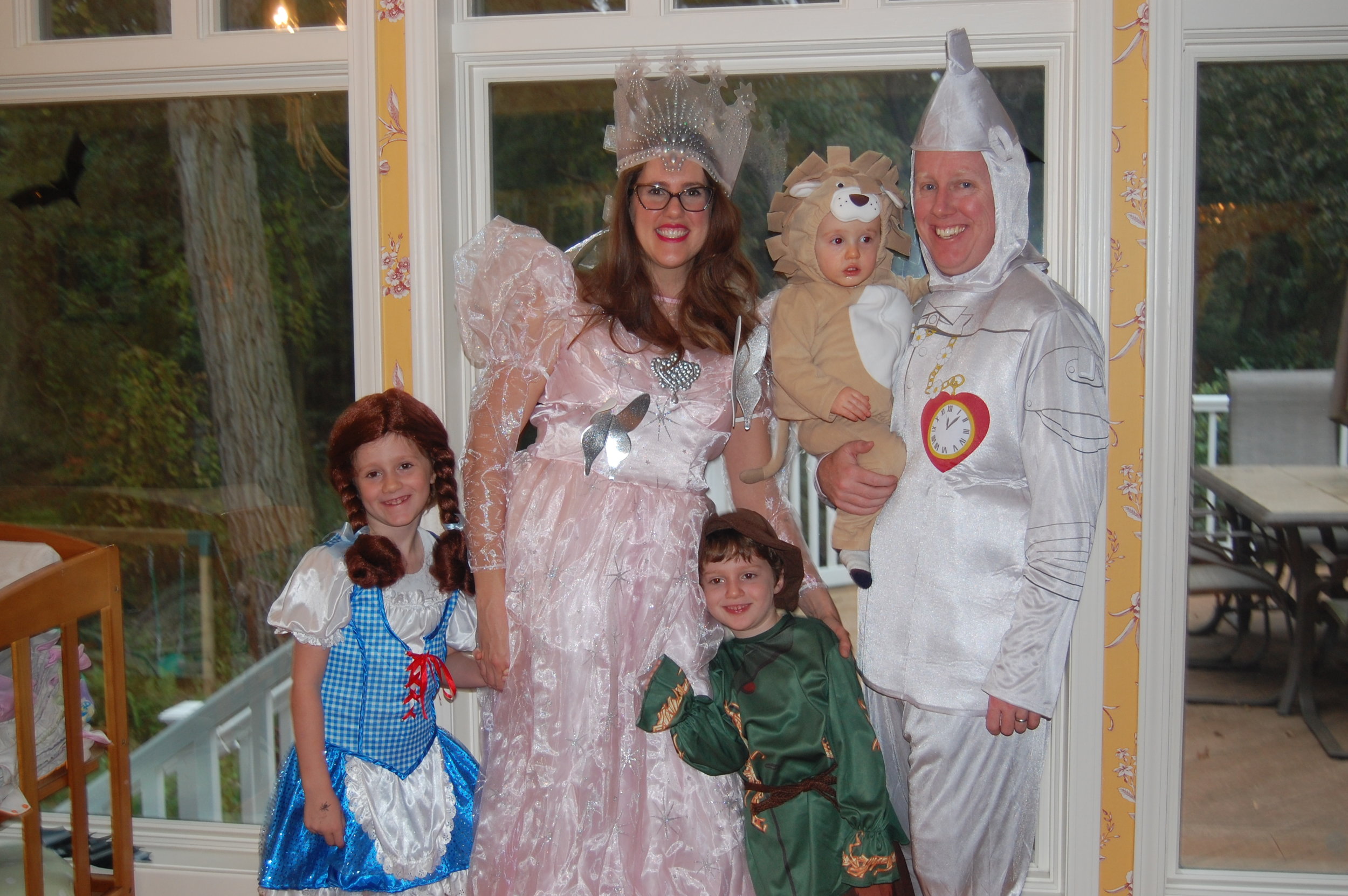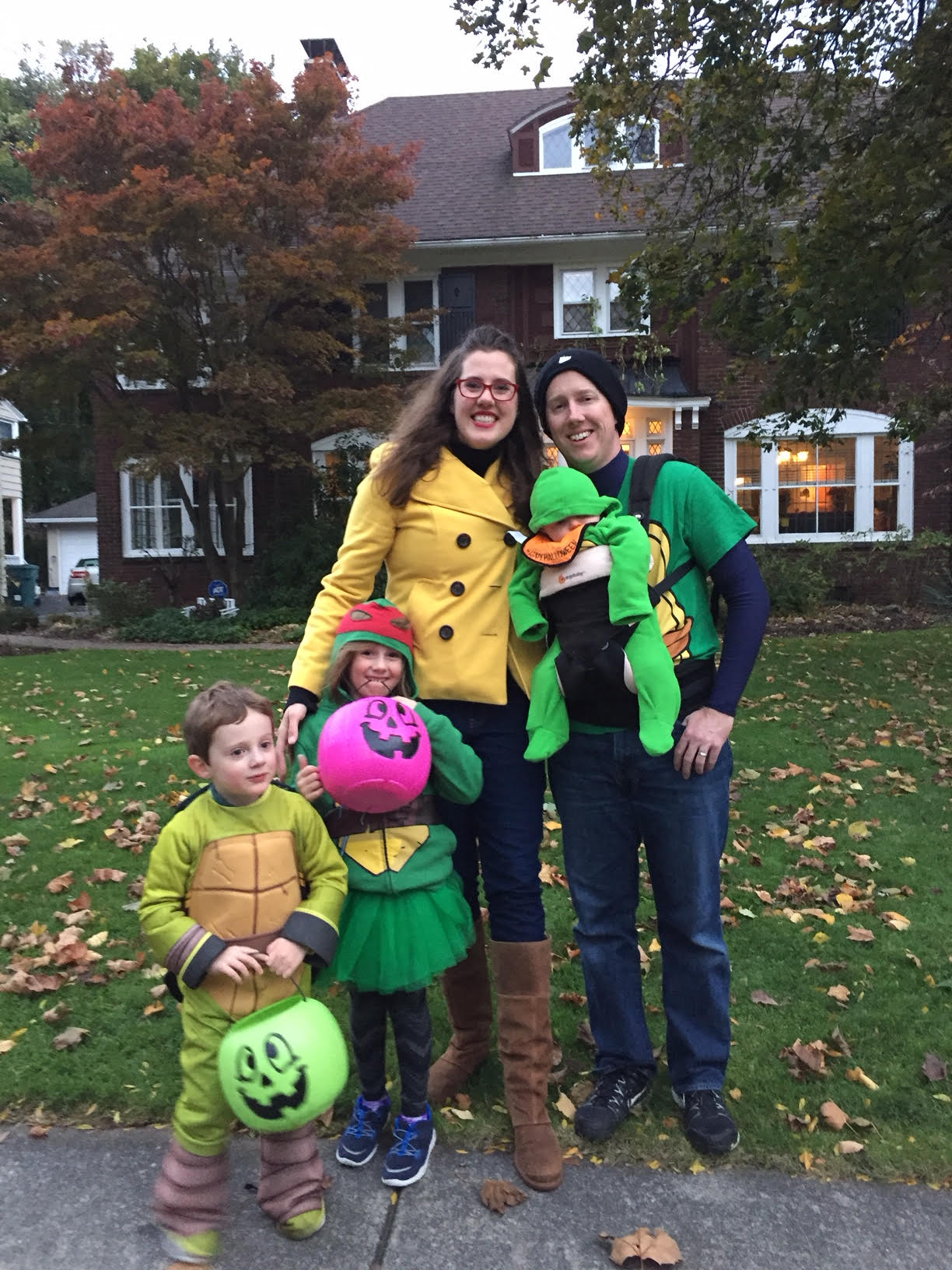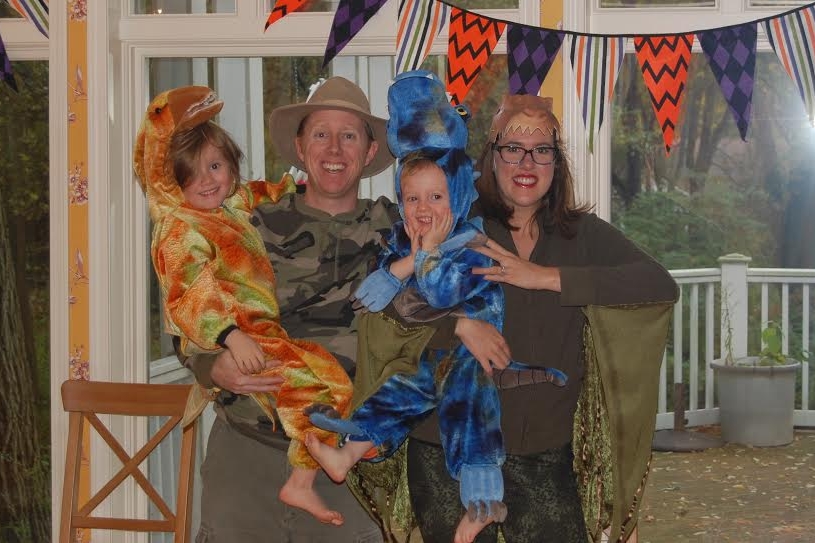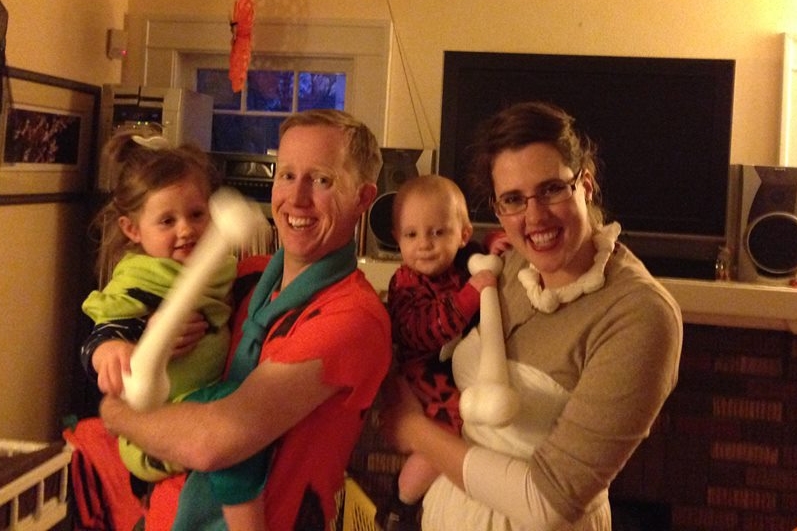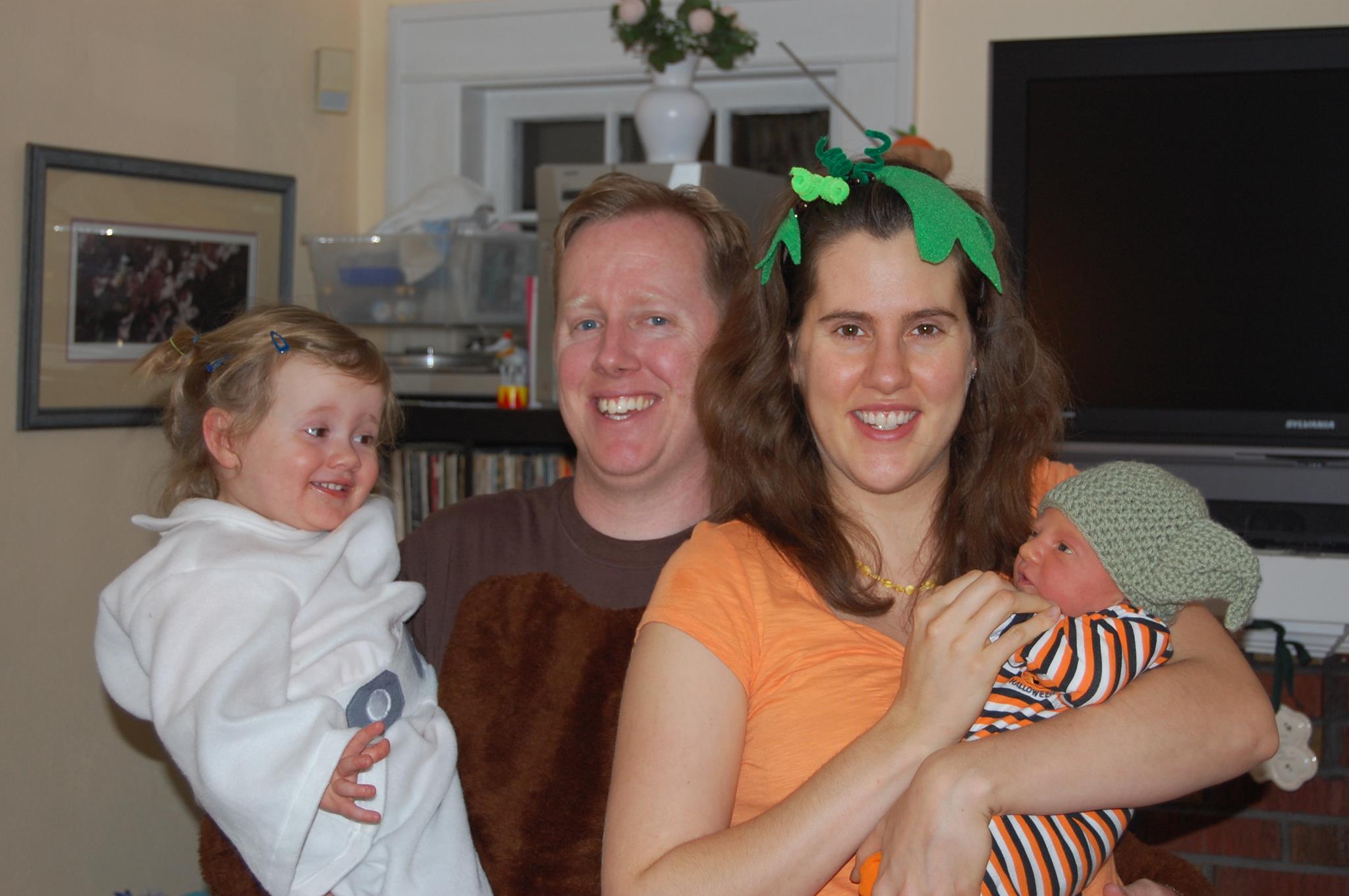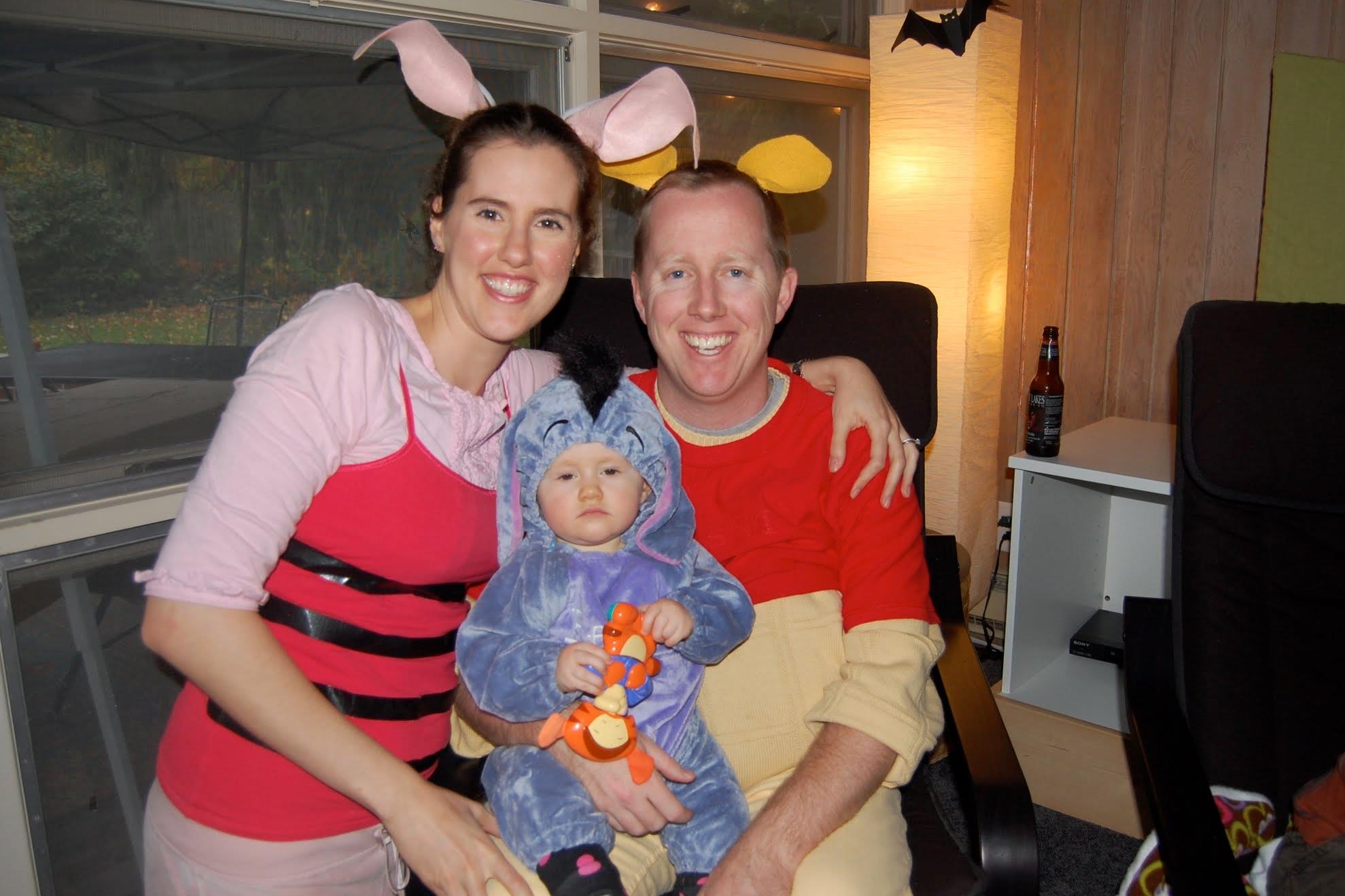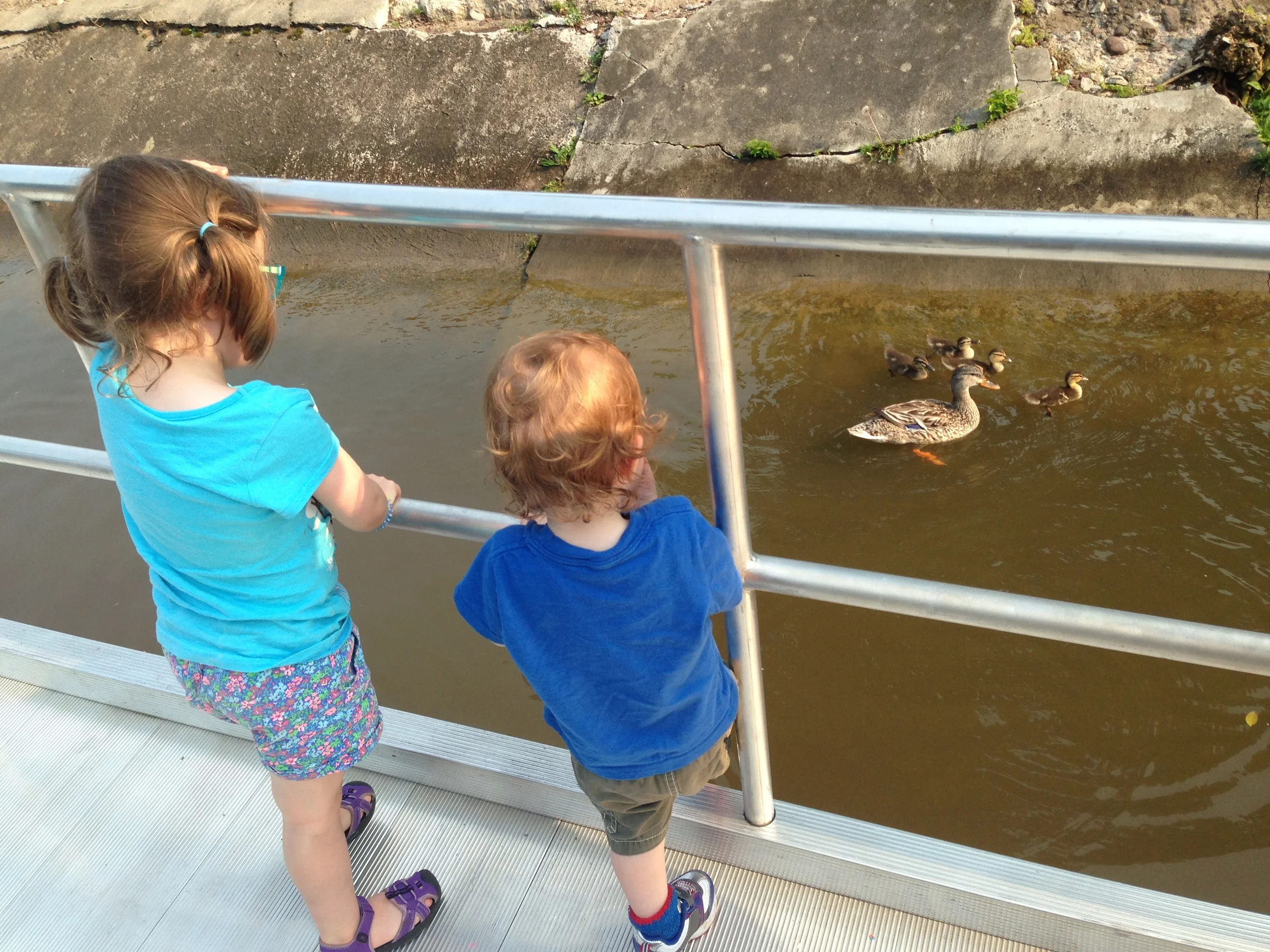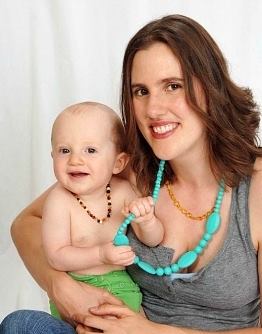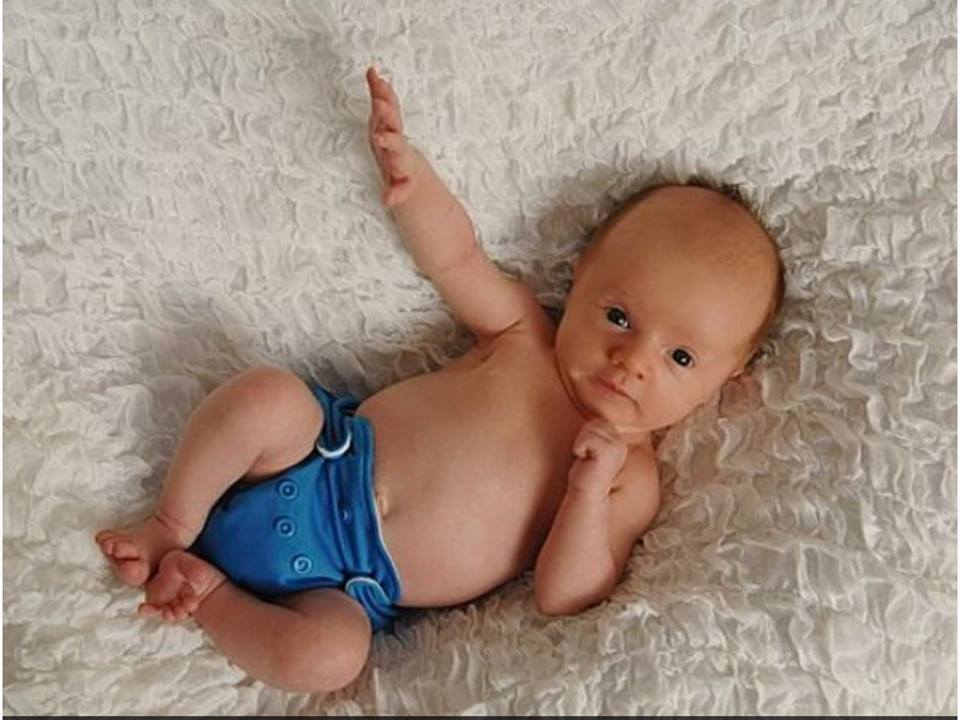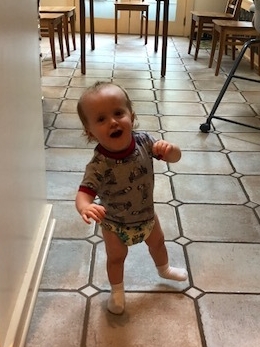Halloween as a holiday encompasses a range of traditions, and I think that it’s unique in so far as both children and adults seem to derive a great deal of joy from the traditions around it.
I also think Halloween is special because it creates an opportunity for inclusion by celebrating different cultures and spiritual beliefs in a way that is inviting and fun for people of all ages.
Inclusion
In thinking about how to make Halloween inclusive for people with different language abilities and sensory sensitivities, here are some ideas I’ve come across from talking to other families:
Choose a Sensory Friendly Costume - Tags and hems bother a lot of people, and most costumes are not really designed to be one size fits all. Why not pajamas instead?
Use a Social Story for Trick-or-Treating - I gotta be honest: the whole concept of trick-or-treating is weird when you really break it down. While dressed up as something else, we run up to stranger’s front doors and say a random phrase expecting to receive candy from people we’ve never met before. For real? One of my all time favorite stories comes from working with a particular friend of mine (I can’t believe it, but it was likely 7 or 8 years ago) who quite literally barged into everyone’s house for the first few houses he visited.
Keep Safety in Mind - The big thing I try to keep in mind is visibility and proximity when walking by houses or areas with more car traffic. I think the tricky thing to balance is when to allow children/adolescents to venture out with more distance and independence.
Be Nice to People - While this may seem obvious, I no longer take it for granted or consider it common sense. Here is a post I found shared on my Facebook feed that I think sums up a gentle and accepting approach to greeting trick-or-treaters at your door.
Tradition!
The best part of Halloween for me is looking forward to doing the same activities each year. Sharing these traditions with friends and seeing our kids look forward to them year after year really gets me into the spirit.
We wear family costumes (see below). I originally detested this idea, but it’s started to really grow on me to the point that I really look forward to it. I wonder how many more years we have left in the tank where the kids will go along with our version of crazy.
Gotta watch the Charlie Brown Great Pumpkin
Decorate the house with Spider Lights and now the outside with orange/purple lights.
Visit Powers Farm Market to check out the hayrides and baller Tepees. Seriously.
Celebrate our middle child’s birthday! (pretty much the reason-for-the-season).
